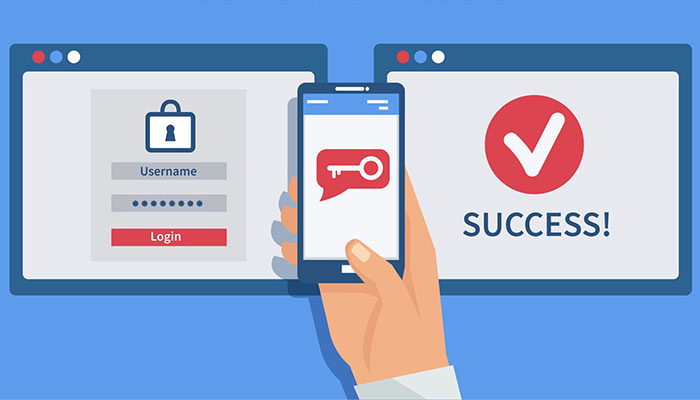Strengthen Your Digital Security with Authentication
Authentication is the cornerstone of security in the digital world. Today, we have to protect our personal information everywhere from online banking to our social media accounts, from email inboxes to business applications. So how do we secure this information? Identity verification is a critical process that answers the question “are you really you?”.

What is the Authentication Process?
This is the process of verifying the identity that a user or system claims. When you log in to a platform, the system wants to make sure that you are really a user of that platform. It usually starts with information such as username and password, but as technology has evolved, more secure methods have emerged.
The process is important for individual users as well as for devices, applications and Internet of Things (IoT) devices. The aim is to prevent unauthorized access and protect data.
Key Elements in Authentication
Secure authentication is usually built on three main factors:
The Knowledge Factor: Information that only you know, such as username, password or PIN.
Ownership Factor: A physical object such as a smartphone, security key or smart card.
Biometric Factor: Unique physical characteristics such as fingerprints, facial recognition or iris scanning.
These factors can be used alone or in combination to ensure secure access.
Security Methods
Verification methods have diversified with technological developments. Here are the most commonly used methods:
1. Single Factor Authentication (SFA)
This method is a basic approach where only one factor is used. It usually works with a combination of username and password. For example, accessing your email account by simply entering a password would fall into this category.
Advantages:
Quick and easy to apply.
Low cost.
Disadvantages
Increased security risk if the password is stolen.
May not be sufficient against modern threats.
Usage Areas: Simple websites, low security platforms.
2. Two-Factor Authentication (2FA)
This method adds a second verification step to increase security. The user first enters their password, then uses an SMS code, email confirmation or an authentication app (e.g. Google Authenticator, Authy).
Advantages:
Provides protection even if the password is stolen thanks to an additional layer.
Significantly increases the level of security.
Disadvantages:
The extra step can slow down the user experience.
SMS-based systems can be disrupted by signal problems.
Usage Areas: Online banking, social media, enterprise systems.
3. Multi-Factor Authentication (MFA)
It involves a combination of two or more factors. For example, accessing a bank account may require a password, SMS code and fingerprint.
Advantages
Offers the highest level of security.
Effective against complex cyber threats.
Disadvantages:
Installation and use can be complex.
Time consuming for users.
Areas of Use: Government agencies, financial institutions, high security systems.
4. Biometric Verification
It uses physical or behavioral characteristics of the person. Fingerprinting, facial recognition, voice analysis or iris scanning are examples of this method.
Advantages
It is difficult to replicate.
It is fast and user-friendly.
Disadvantages
Theft of biometric data creates serious risks.
It requires high technology and cost.
Usage Areas: Smartphones, airport security, high security facilities.
5. Token Based Verification
It is authenticated with a physical or digital token. For example, physical security devices provided by banks or software-based tokens (JWT – JSON Web Token).
Advantages:
Physical tokens are secure unless stolen.
Digital tokens are suitable for API security.
Disadvantages:
Physical tokens can be lost or stolen.
Software-based tokens require strong infrastructure.
Usage Areas: Enterprise networks, API security, financial transactions.
The Role of Authentication in Security
Authentication is a fundamental element in cybersecurity. With threats such as phishing, data breaches and password cracking attempts on the rise, choosing the right method is vital for both individuals and organizations.
For Individuals Personal data protection and account security.
For Organizations: Customer trust, data breach prevention, legal compliance (e.g. GDPR, KVKK).
Tips to Improve Authentication Security
Strong Passwords: Use long, complex and unique passwords.
Use 2FA: Enable two-factor authentication on every platform if possible.
Biometric Options: Opt for biometric methods on trusted devices.
Trusted Tools: Use trusted solutions such as Authenticator apps.
Updates: Update your software and devices regularly.
Ultimately, security in the digital world is ensured by the right verification methods. From single-factor systems to biometric solutions, these methods shield against cyber threats. Take a step today and review your verification methods to increase your security!



Pingback: What is SOC? Security Operation Center - Codinic
Pingback: What is Machine Learning? - Codinic